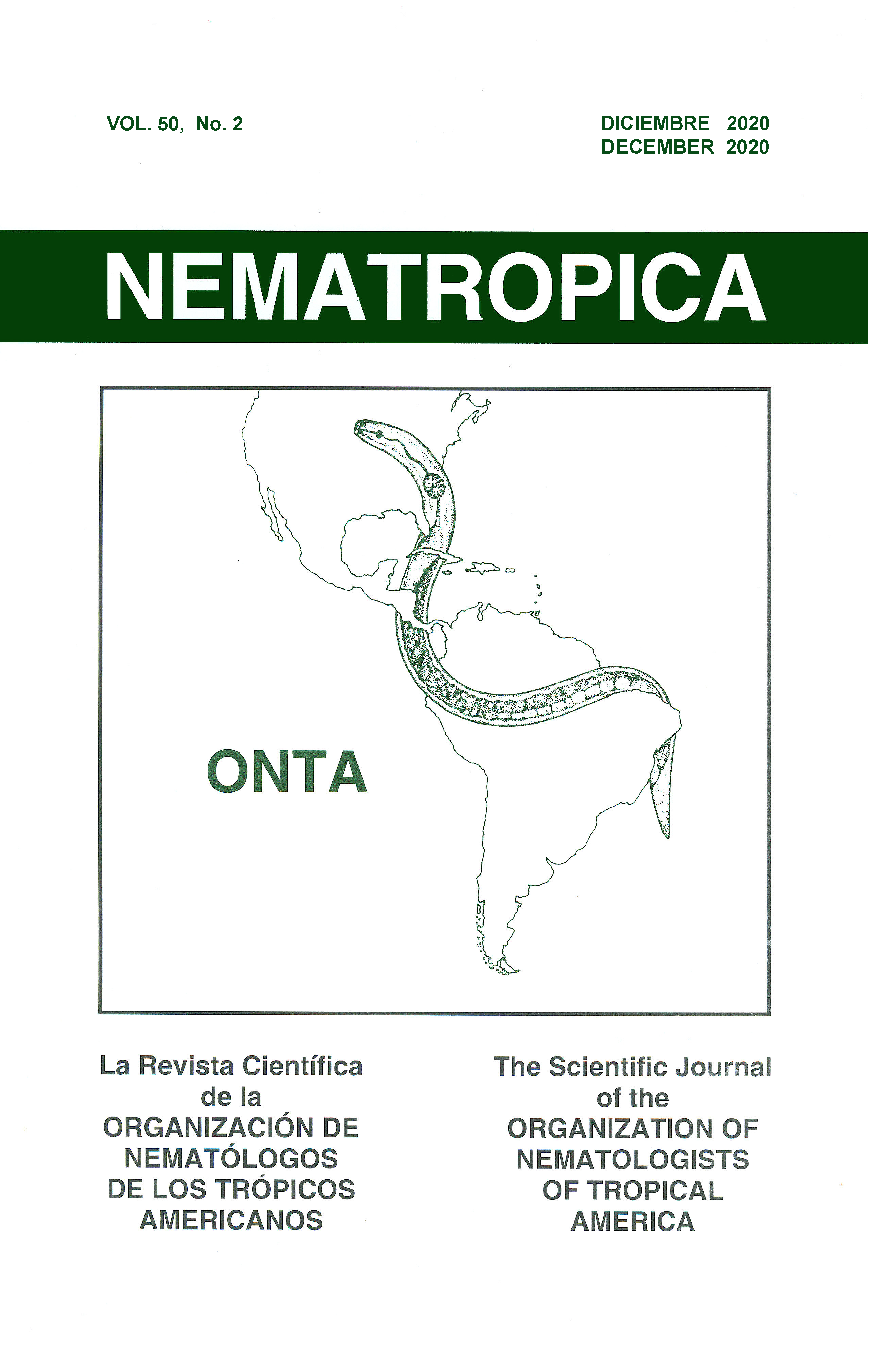CHARACTERIZING NEMATODE COMMUNITIES IN CARROT FIELDS AND THEIR BIOINDICATOR ROLE FOR SOIL HEALTH
Abstract
Plant-parasitic nematodes (PPN) are known to reduce quality and yield of carrot (Daucus carota var. sativus). Efficient nematode management begins with identifying the predominant PPN present in a given field before taking any management decisions. The management decisions should also consider suppression of PPN and promotion of beneficial nematodes represented by bacterivores, fungivores, omnivores, and predators to improve soil health conditions. We selected four carrot fields suspected to have PPN problems in Mason and Oceana counties in Michigan, USA. The counties are located in the major carrot-producing regions of Michigan. These sites have not been previously sampled for nematode quantification. The objectives were to identify economically important PPN genera and to characterize nematode communities found at the study sites. We hypothesized that: (1) identifying the predominant PPN will help growers to implement appropriate management strategies to reduce economic loss, and (2) understanding the nematode community structure may indicate soil health condition of the study sites. The predominant PPN was root-lesion nematode (Pratylenchus spp.) at all the sites, suggesting appropriate management practices are required to reduce nematode densities and damage to carrots. We also found differences in overall soil health conditions among the study sites using nematode community structure as an indicator. The high abundance of root-lesion nematode in these carrot fields deserves the attention of growers, researchers, and extension agents.

